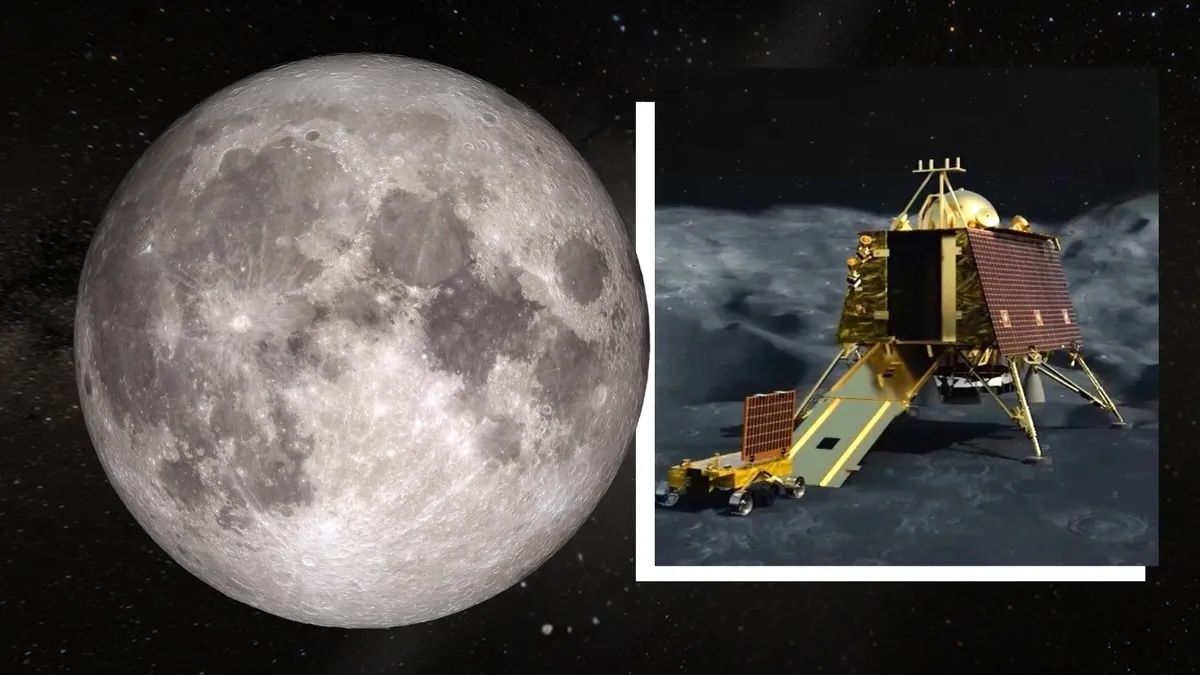23.08.2024
Ancient ocean of magma found on Moon south pole
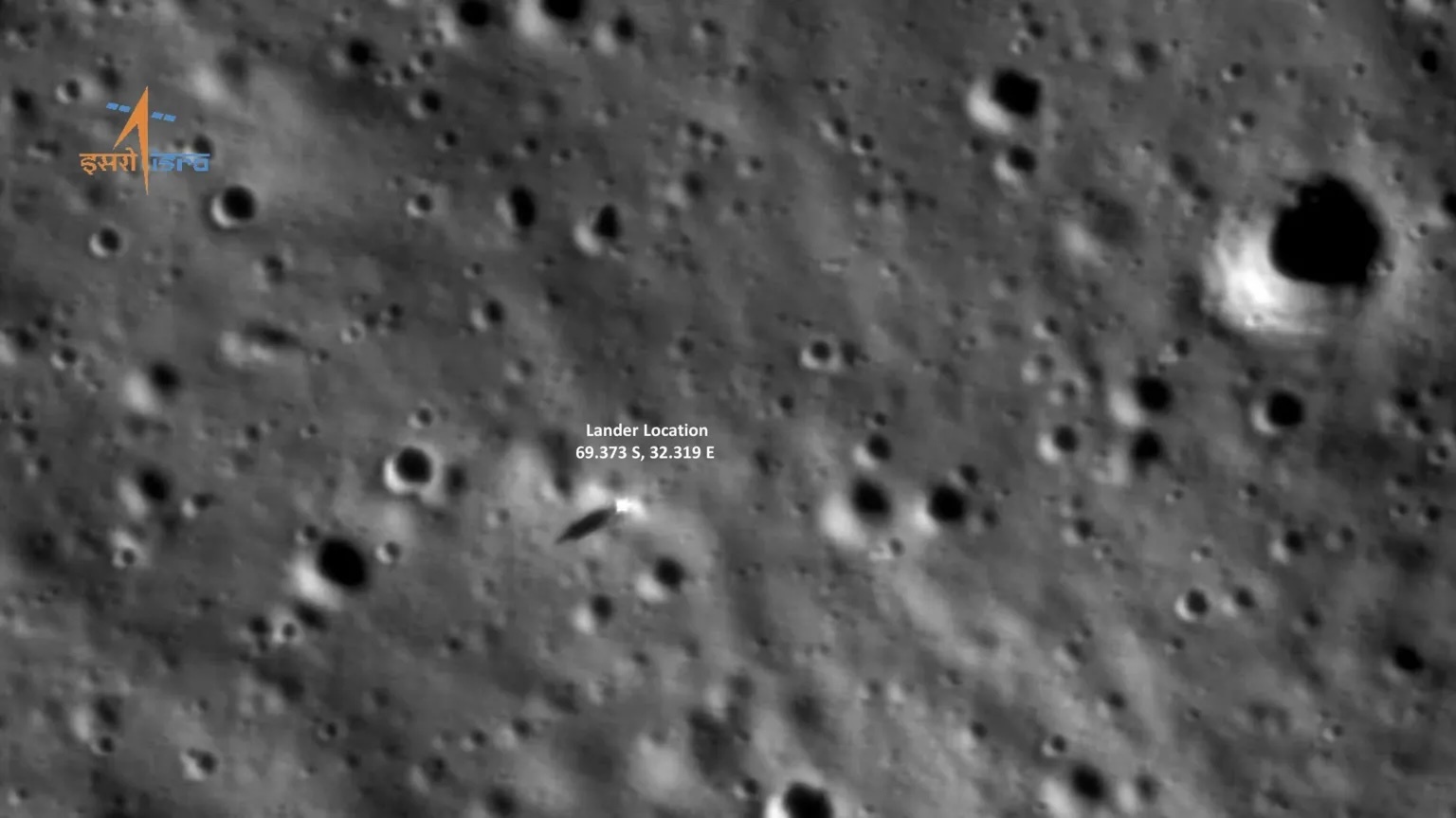
India's lunar mission found remnants of a magma ocean on the south pole
The Moon’s south pole was once covered in an ocean of liquid molten rock, according to scientists.
The findings back up a theory that magma formed the Moon's surface around 4.5 billion years ago.
Remnants of the ocean were found by India’s historic Chandrayaan-3 mission that landed on the south pole last August.
The mission explored this isolated and mysterious area where no craft had ever landed before.
The findings help back up an idea called the Lunar Magma Ocean theory about how the Moon formed.
Scientists think that when the Moon formed 4.5 billion years ago, it began to cool and a lighter mineral called ferroan anorthosite floated to the surface. This ferroan anorthosite - or molten rock - formed the moon’s surface.
The team behind the new findings found evidence of ferroan anorthosite in the south pole.
“The theory of early evolution of the Moon becomes much more robust in the light of our observations,” said Dr Santosh Vadawale from the Physical Research Laboratory, who is co-author of the paper published in Nature on Wednesday.
Before India’s mission, the main evidence of magma oceans was found in the mid-latitudes of the Moon as part of the Apollo programme.
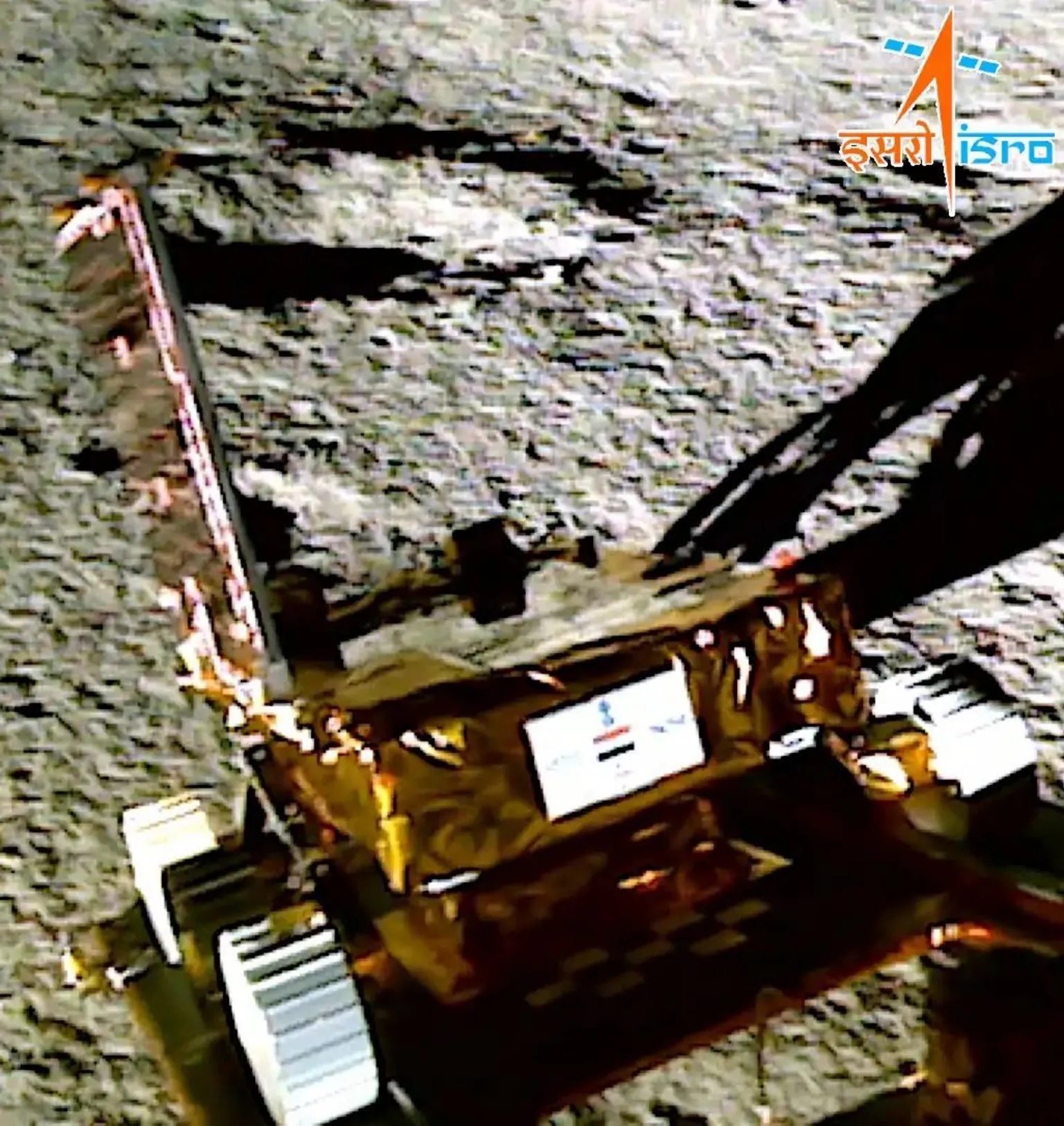
Chandrayaan-3's rover Pragyaan explored the south pole region for 10 days last August
Prof Vandawale and his team were at mission control during Chandrayaan-3.
“They were really exciting times. Sitting in the control room, moving the rover around on the lunar surface - that was really a once-in-a-lifetime experience,” says Prof Vadawale.
When India's lander, called Vikram, made its celebrated soft landing on the south pole last August, a rover called Pragyaan drove out of the craft.
Pragyaan rambled around the lunar surface for 10 days, while Prof Vadawale and his colleagues worked around the clock instructing it to collect data at 70 degree south latitude.
The robot was built to withstand swings of temperature between 70C and -10C, and could make its own decisions about how to navigate the uneven and dusty lunar surface.
It took 23 measurements with an instrument called an alpha particle X-ray spectrometer. This basically excites atoms and analyses the energy produced in order to identify the minerals in the Moon’s soil.
The team of scientists also found evidence of a huge meteorite crash in the region four billion years ago.
The crash is thought to have made the South Pole–Aitken basin, which is one of the largest craters in the solar system, measuring 2,500 km across.
It is about 350km from the site India’s Praygam rover explored.
But the scientists detected magnesium, which they believe was from deep inside the Moon, thrown up from the crash and propelled over the surface.
“This would have been caused by a big impact of an asteroid, throwing out material from this big basin. In the process, it also excavated a deeper part of the Moon,” said Professor Anil Bhardwaj, director of India’s Physical Research Laboratory.
The findings are just some of the scientific data collected during the Chandrayaan-3 mission which eventually hopes to discover ice water on the South Pole.
That discovery would be a game-changer for space agencies’ dreams of building a human base on the Moon.
India plans to launch another mission to the Moon in 2025 or 2026 when it hopes to collect and bring back to Earth samples from the lunar surface for analysis.
Quelle: BBC
----
Update: 9.02.2025
.
Chandrayaan-3 Landing Site Near Moon’s South Pole Is 3.7 Billion Years Old, Reveals Study
Scientists reveal that ISRO's Chandrayaan-3 landing site near the Moon’s South Pole is approximately 3.7 billion years old, offering new insights into lunar history.
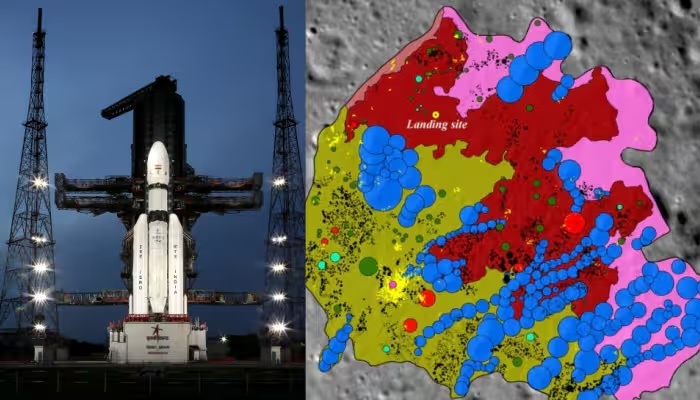
New Delhi: The landing site of Indian Space Research Organization’s (ISRO) Chandrayaan-3 near the south pole of the Moon in 2023, is about 3.7 billion years old, according to scientists.
Chandrayaan-3 spacecraft carrying lunar lander Vikram, and Pragyan rover became the first to land near the South Pole of the Moon on August 23, 2023.
With Chandrayaan-3's success, India also became the fourth nation after the erstwhile USSR (now Russia), the US, and China to make a soft landing on the Moon.
Using high-resolution remote sensing datasets, a team of scientists including from the ISRO, Bengaluru, and Physical Research Laboratory in Ahmedabad mapped the landing site of Chandrayaan-3.
“The geological map reveals the spatial distribution of three distinct terrain types within the landing area that includes high-relief rugged terrain and smooth plains, and low-relief smooth plains,” said the team in the paper, published in the Science Direct journal.
The team determined that “the region is approximately 3.7 billion years old”. “It dates back to the same era when the earliest microscopic life forms began emerging on Earth,” said scientists in an article published in Nature.
The Chandrayaan-3 landing site is situated within the low-relief smooth plains. Offering new insights into the Moon’s history, the geological map of the site reveals that debris from the nearby Schomberger crater covers the area.
Further, the analysis revealed the landscape is scattered with boulders, some of which exceed five metres in size. “Most of them originate from a fresh, 540-metre crater located 14 kilometres south of the landing site,” the scientists report.
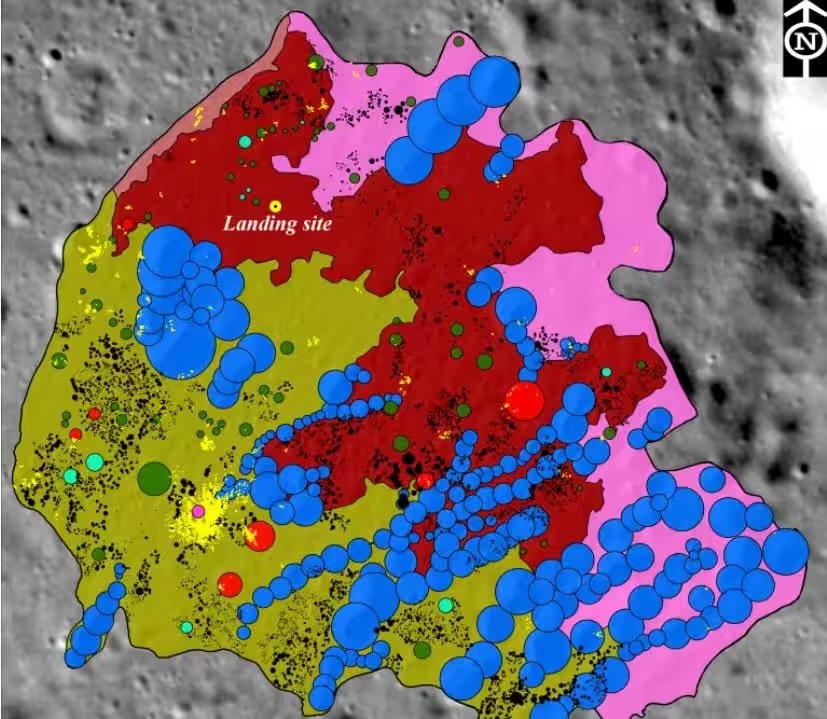
To the west side are smaller, centimetre-sized rock fragments, which likely came “from a nearby 10-metre-wide crater”, the team said.
The findings showcase valuable context for the interpretation of Chandrayaan-3 mission data and contribute to understanding the geological history of the Moon’s southern high-latitude region.
Stay informed on all the latest news, real-time breaking newsupdates, and follow all the important headlines in india news and world News on Zee News.
Quelle: ZEENEWS
----
Update: 9.03.2025
.
Water mining on the moon may be easier than expected, India's Chandrayaan-3 lander finds

